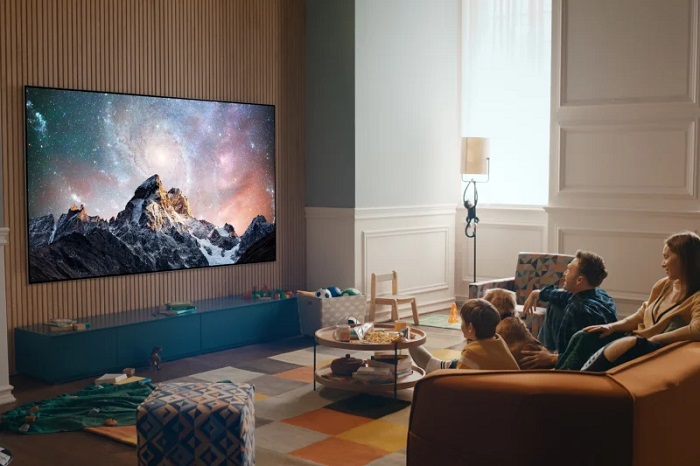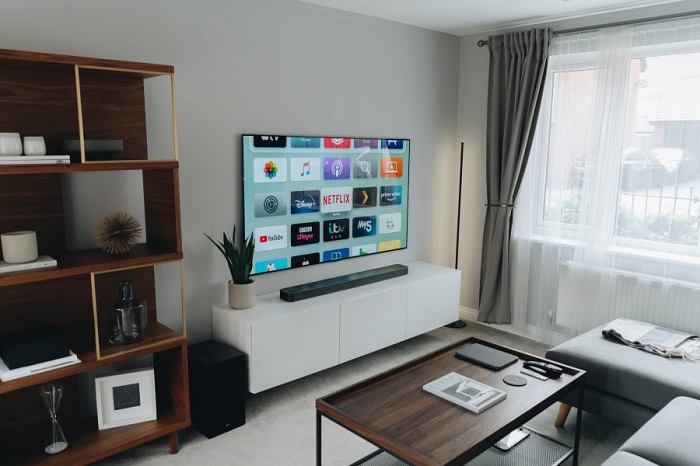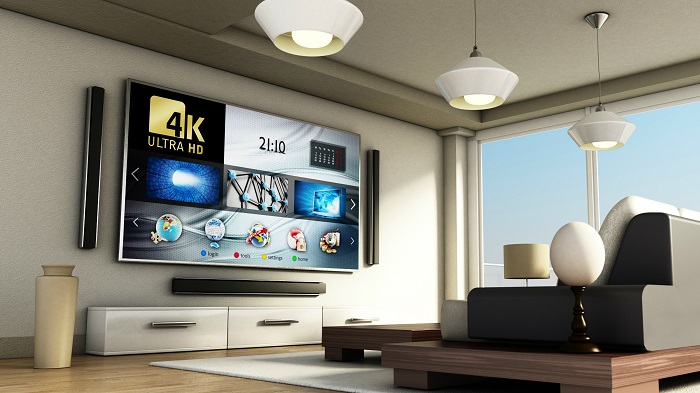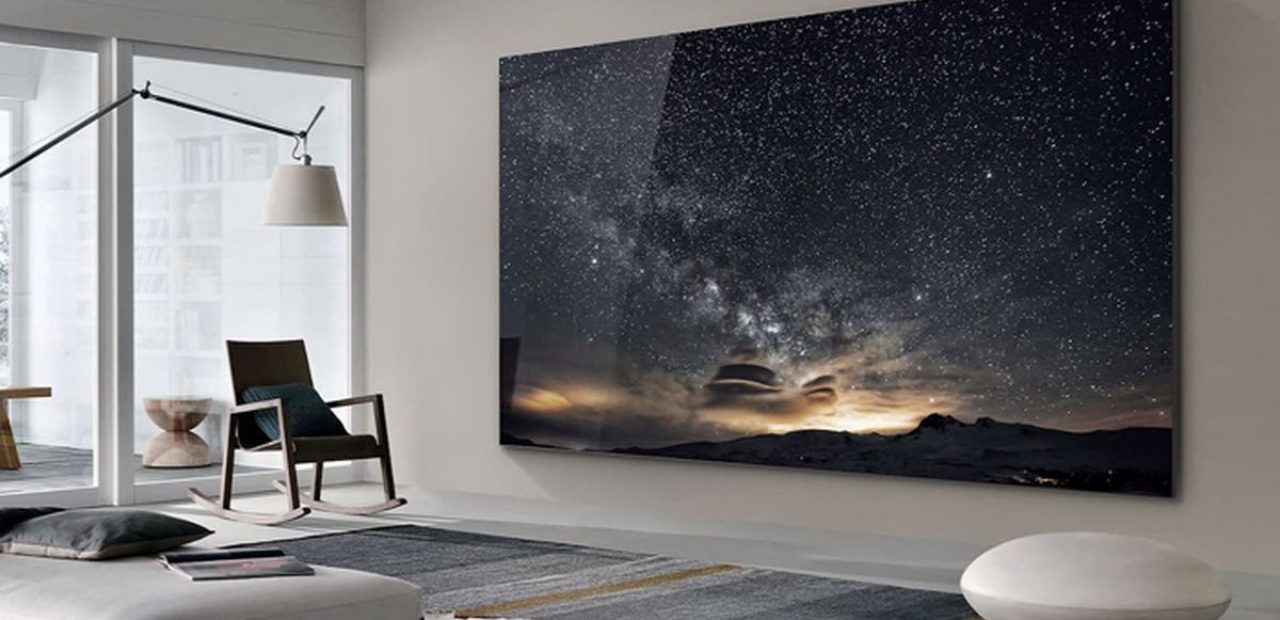How to Set Up a Home Theatre for the Ultimate Cinematic Experience
Who says you need to go to the movies to get an immersive cinematic experience? Why would you have to leave your home to enjoy the latest Hollywood blockbuster when you can set up a home theatre in the comfort of your own living room?
Sure, some people could make do with a standard TV and DVD player combo. But if you’re looking to recreate the movie-going magic at home, then you’ll need to put in a little extra effort to truly transform your current living space into a full-blown theatrical set-up.
Contents
How Do You Set Up a Home Theatre System?
While you may not need all of the same equipment that a professional movie theatre has, there are still a few universal components that you’ll need to create an authentic cinematic atmosphere. You don’t necessarily have to go all out and purchase top-of-the-line equipment, but getting the basics will go a long way in ensuring that you have a home theatre system that meets your needs and expectations.
Large Screen TV

First things first, you’ll need a properly-sized media display. After all, part of the fun of going to see a movie is watching it on a giant screen. Even though you may not be able to recreate the IMAX technology at home, you can still get a pretty large TV set that will provide you with an optimal viewing experience.
For the most part, a crystal-clear 65 inches 4k smart TV should do the trick. This particular screen size will allow you to fully appreciate all the minute details and special effects that go into making a film. Each explosion will feel more real, and each actor’s facial expressions will be more visible.
Not to mention, the sharp resolution of a 65 inches 4k smart TV will contribute to an overall more immersive experience. Whether you’re watching a heart-stopping action flick or a touching drama, you’ll be able to appreciate the film in all its glory on a large-screen device.
One particularly handy feature to look for is the refresh rate. Basically, this refers to the number of times per second that the image on your screen is updated. A 65 inch 4k smart TV with a high refresh rate will result in less image blurring, which is especially important if you’re watching a lot of fast-paced action scenes.
Most devices these days come equipped with a standard 60Hz refresh rate. This is enough for general use, but if you want an ultra-smooth viewing experience, then you’ll want to go for a model with a 120Hz or even a 240Hz refresh rate. Just be aware that these higher refresh rates will come at a steeper price, as with most things in life.
Media Streamer

Once you’ve figured out which TV set you want to use for your home theatre, the next item on your shopping list should be a media streamer. This is a device that allows you to watch multimedia content from your hard drive, home network, or the internet without having to rely on a physical disc.
You should look for a model that has built-in Wi-Fi and Ethernet capabilities so that you can easily connect it to your home network. That way, you’ll be able to access all of your stored media files with ease. Sufficient internal storage is also important if you plan on using your media streamer as a central hub for all your digital content.
AV Receiver
Moving on to audio reproduction, the AV receiver is responsible for decoding and amplifying the sound that comes out of your media streamer and TV. It’s important to look for a receiver that’s compatible with the type of speaker system you have, as well as the input and output ports that your other devices use.
For example, if you want to be able to connect your home theatre to external speakers, then you should find an AV receiver that has a Bluetooth output. Similarly, if you want to be able to use your home theatre as a surround sound system for your gaming console and entertainment unit, then you should get a receiver with an HDMI input.
Speaker System

Speaking of audio, it’s important to have a good speaker system to go along with your AV receiver. After all, even the best-looking and most feature-packed setup won’t be complete without a decent set of audio streamers. To help you figure out which configuration best suits your needs, you’ll have to take into account the size of your room as well as the number of speakers you want to use.
For instance, a 5.1 surround sound system (which consists of five main speakers and one subwoofer) is typically the ideal solution for more spacious areas. In contrast, more compact rooms could make better use of a 2.1 surround sound system (two main speakers and one subwoofer).
Connection Cables
Last but not least, you’ll need the right cables to connect all of your devices to each other. Make sure they’re long enough to reach from one end of your room to the other, and pay attention to the types of inputs and outputs that each device has.
When everything’s been put together, you can manage the cable clutter by bundling them together with zip ties or velcro straps, or getting a surface mounted socket outlet. Just be careful not to make the bundles too tight, as you don’t want to damage the cables over time.

















